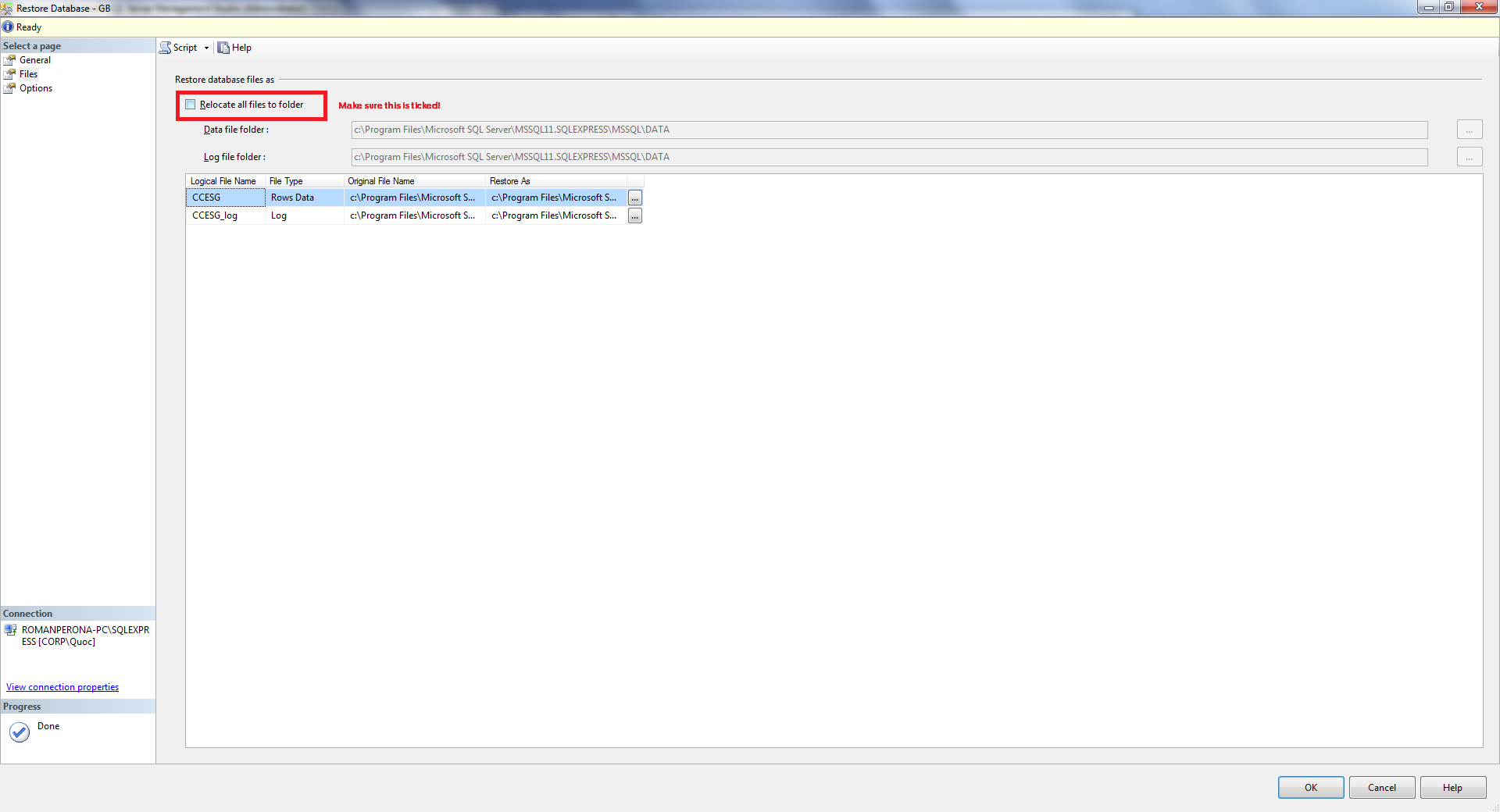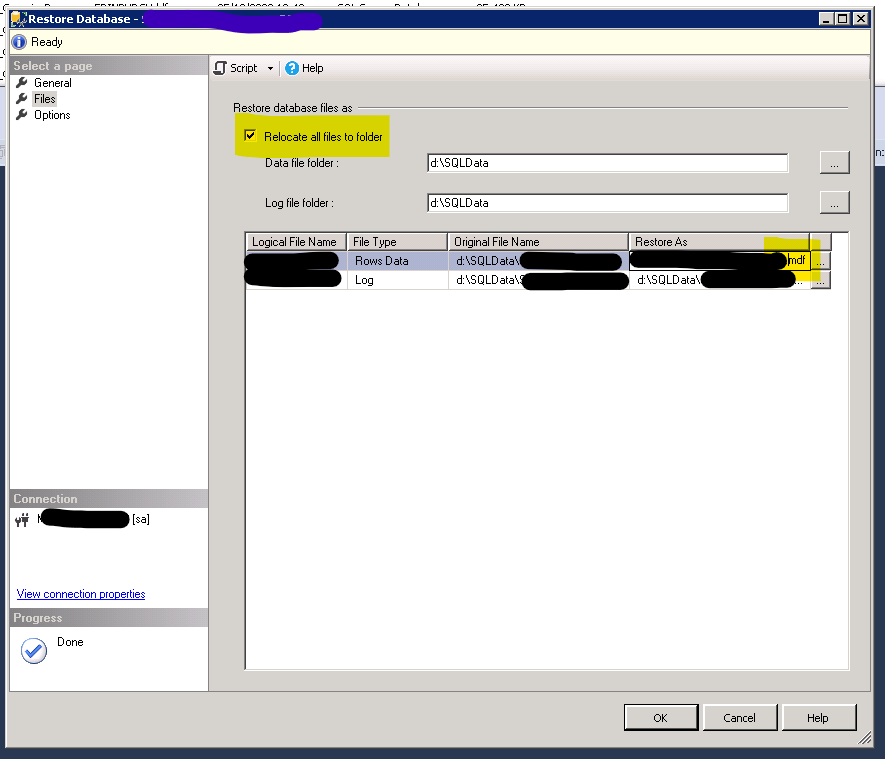From the error message, it says there's an error when validating the target (c:\Program Files\Microsoft SQL Server\MSSQL.1\MSSQL\DataLabTables.mdf) of your restore operation.
That sounds like:
a) that file already exists (because you've already restored it previously) and is in use by SQL Server
or
b) that directory doesn't exist at all
In your question, you mentioned you created a backup for that table - that's not how SQL Server backups work. Those backups are always the whole database (or at least one or several filegroups from that database).
My hunch is: you've already restored that database previously, and now, upon a second restore, you didn't check the checkbox "Overwrite existing database" in your restore wizard - thus the existing file cannot be overwritten and the restore fails.
The user that's running the restore on your remote server obviously doesn't have access to that directory on the remote server.
C:\program files\.... is a protected directory - normal (non-admin) users don't have access to this directory (and its subdirectories).
Easiest solution: try putting your BAK file somewhere else (e.g. C:\temp) and restore it from there


